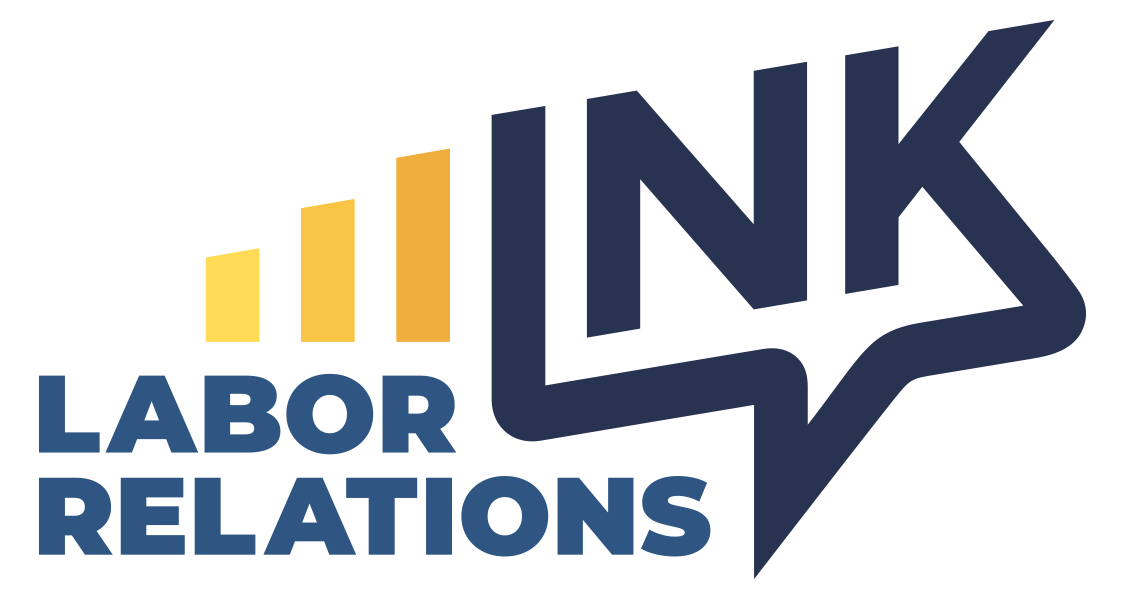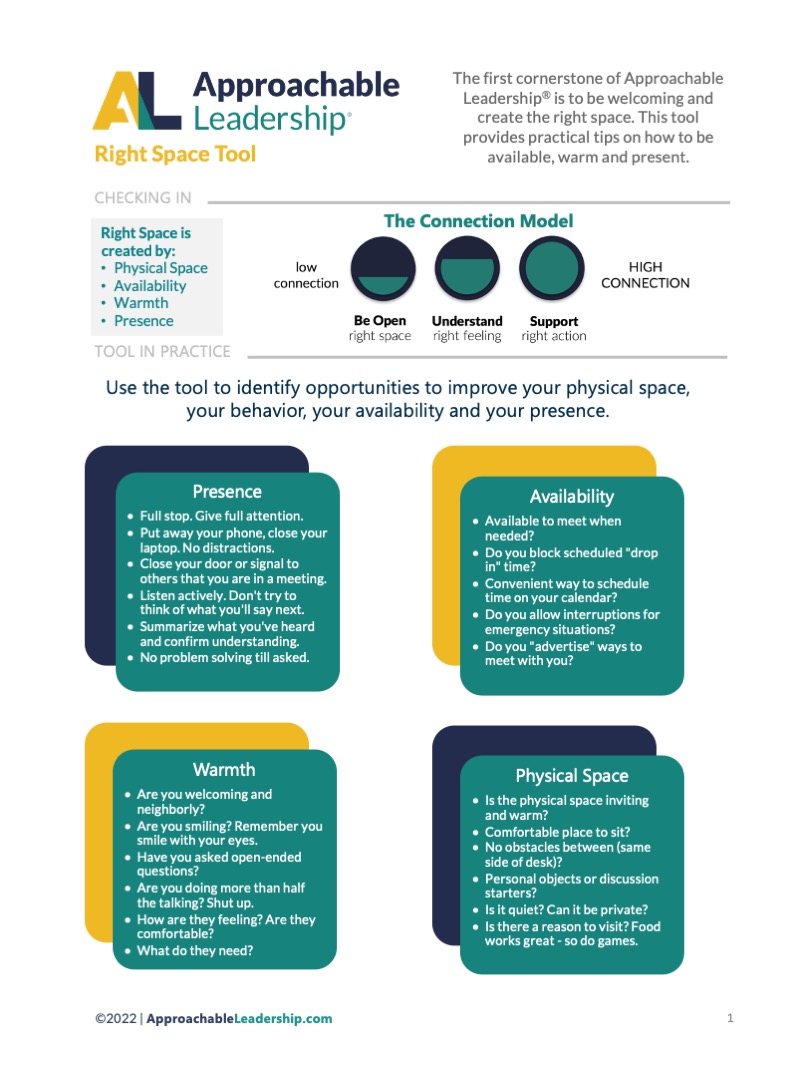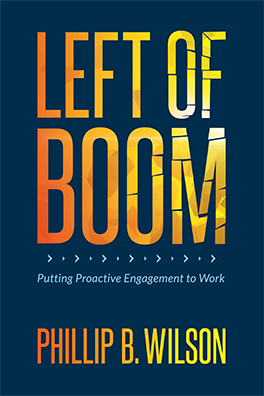In the realm of automobile manufacturing, labor agreements are nothing short of business-critical decisions enveloped in extensive negotiations. The recently forged tentative agreement between Ford and the United Automobile Workers (UAW) union vividly illustrates this labor-corporate ballet.
Wage Adjustments:
- New Wage Paradigm: A 25% wage hike phased through April 2028 is among the notable elements of this agreement. Entry-level pay sees a significant lift of 68%, setting the hourly rate slightly north of $28, with a ceiling of $40 per hour.
- Fast-Tracked Career Progression: The agreement propels Ford’s new hires to the top wage bracket in a mere three years, a substantial shave-off from the previous eight-year grind, potentially enhancing Ford’s allure in the recruitment market.
Past Policy Revisions:
- Resurrected Cost of Living Adjustments: Reverting to pre-2009 practices, cost of living adjustments have been reintegrated to align with economic fluctuations. According to the UAW, this provision, combined with other pay raises, yields a 33% overall wage increase from the contract.
Plant Operations:
- Strike Provisions: The agreement bestows workers with bolstered rights to strike over plant closures, a nod to the leverage of collective bargaining, albeit with an eye on operational continuity.
Uniform Wage Structure:
- Dismantling Wage Disparities: The erstwhile multi-tier wage system at two primary plants has been traded for a uniform wage structure, a move possibly aimed at fostering a more harmonious work environment.
Retirement Provisions:
- Augmented Retirement Benefits: The contract ushers in enhanced retirement benefits, ostensibly a nod to better financial security for retirees and those nurturing 401Ks.
Economic Outlook:
- Wage Growth Projection: Data forecasts a wage and bonus uptick from an average of $78,000 in 2022 to $92,000 in the contract’s first year, sweetened by improved healthcare benefits.
Industry Implications:
The Ford-UAW 2023 agreement might be perceived as a navigational beacon in the automotive labor landscape. However, from a corporate prism, it’s an acknowledgment of the delicate dance between maintaining operational viability and meeting labor demands.
Surprisingly, there is no mention of any agreement between Ford and UAW around EV battery plants despite earlier claims from Fain that GM agreed to roll their EV jobs into the Master Agreement. Expect the membership to have many questions about this issue. Could it be something that will cause the tentative agreement to be voted down? Stay tuned.
The ripple effect on non-union auto manufacturers in the US cannot be ignored. Wage expectations will undoubtedly go up. The elevated risk of union organizing looms more prominently as the agreement potentially sets a precedent. The balancing act of safeguarding company interests while navigating labor relations is poised to be a focal point of discourse as industry stakeholders dissect the broader implications of this agreement.






